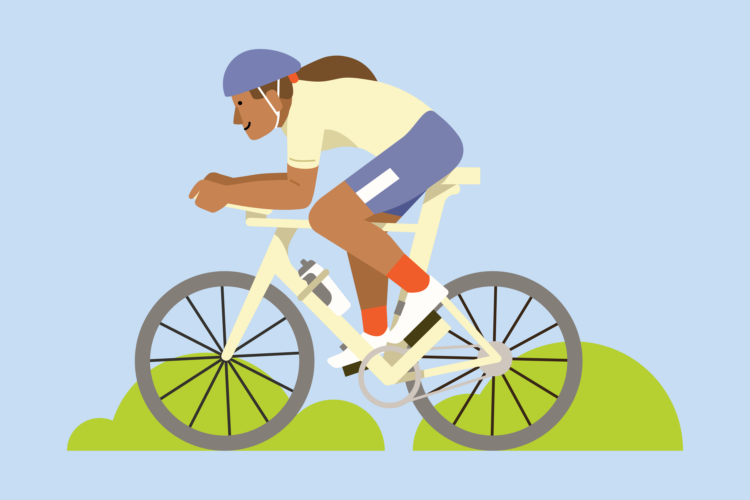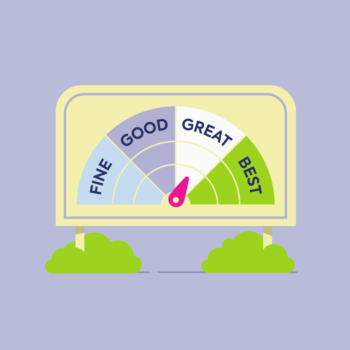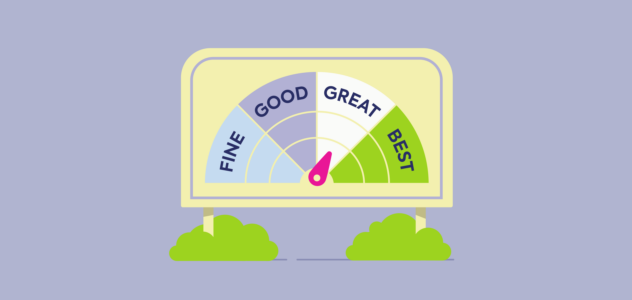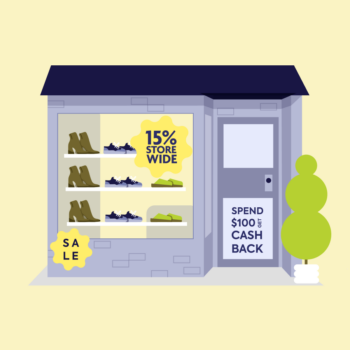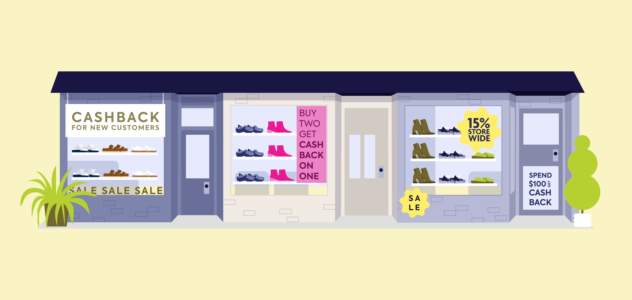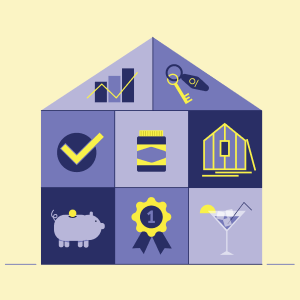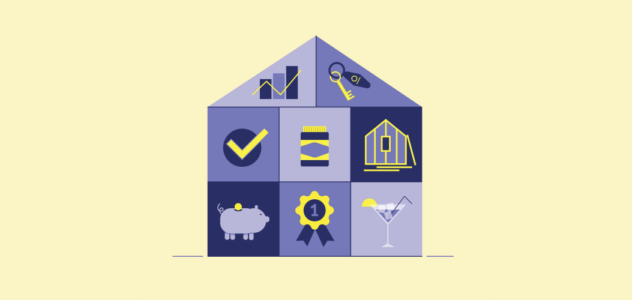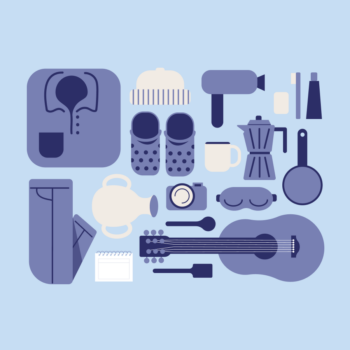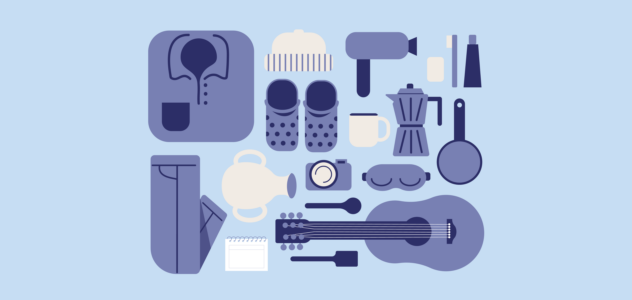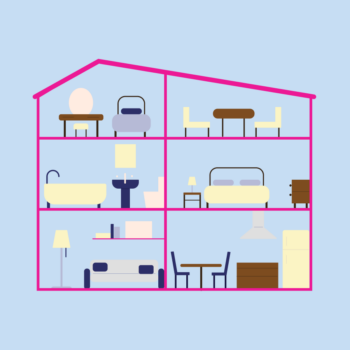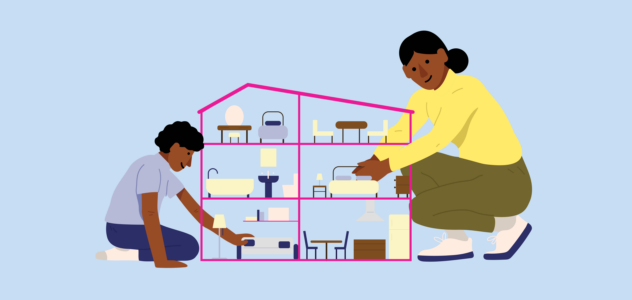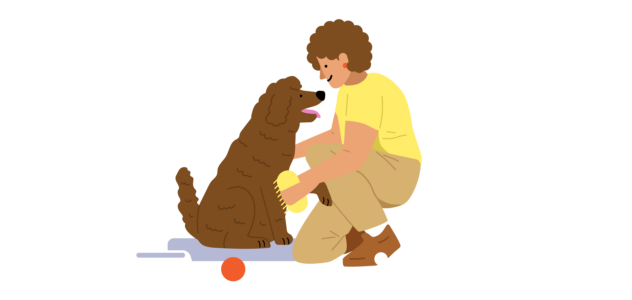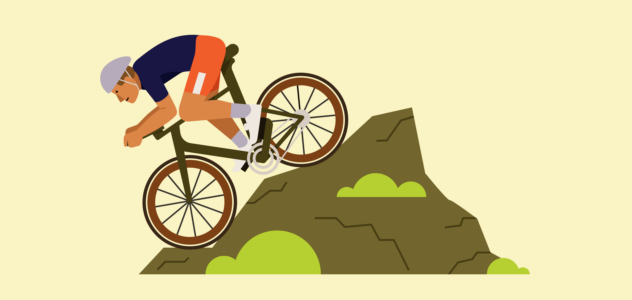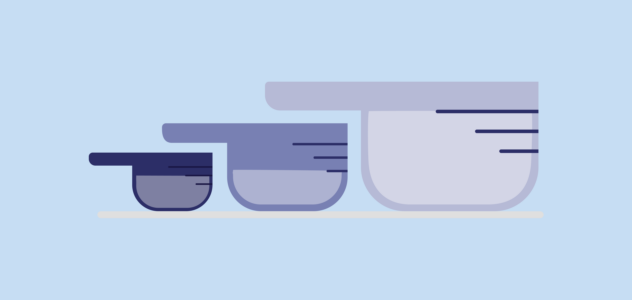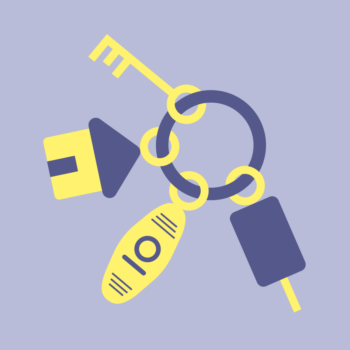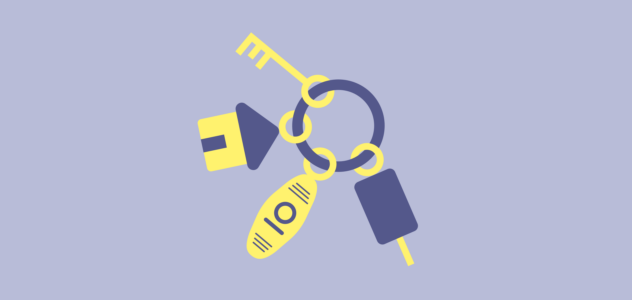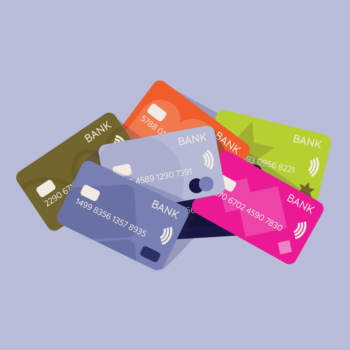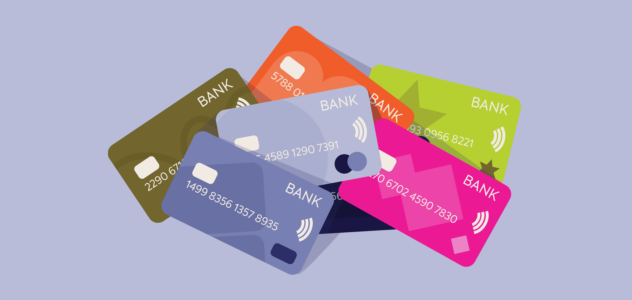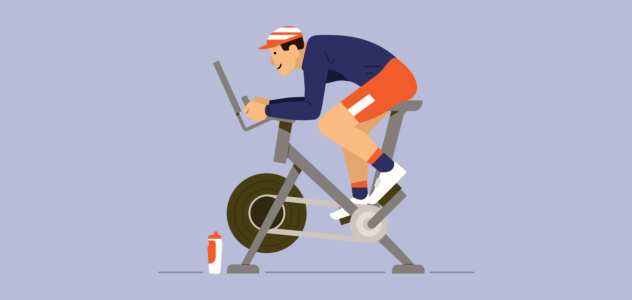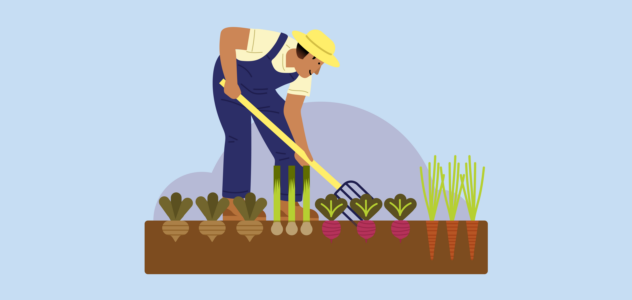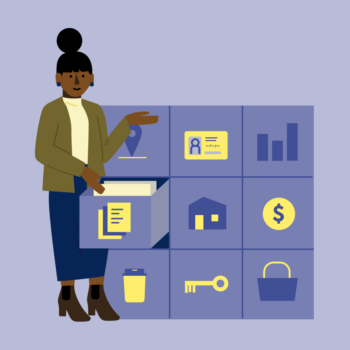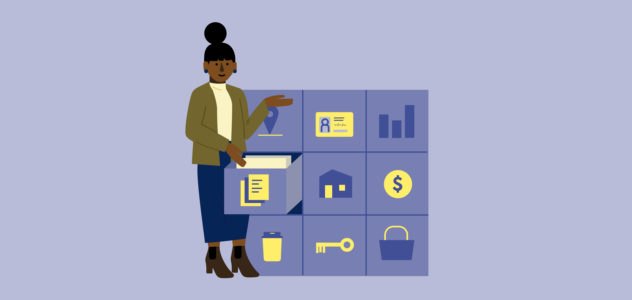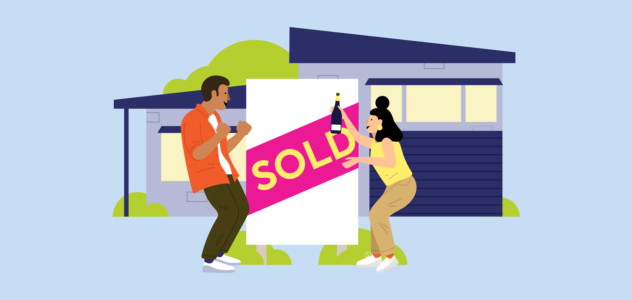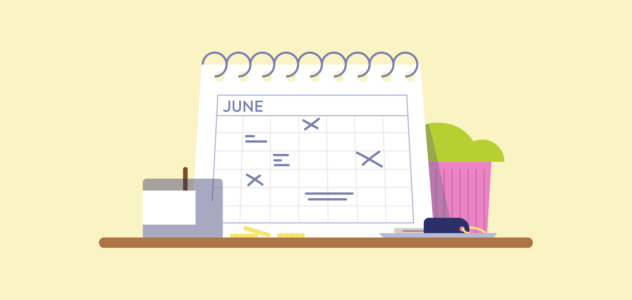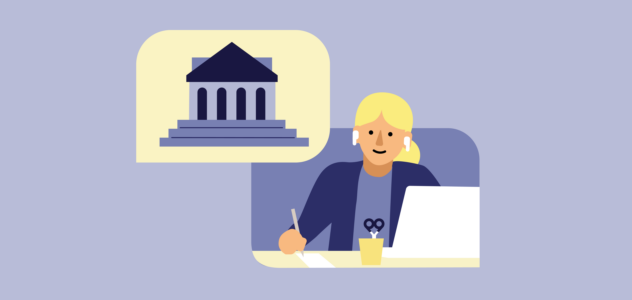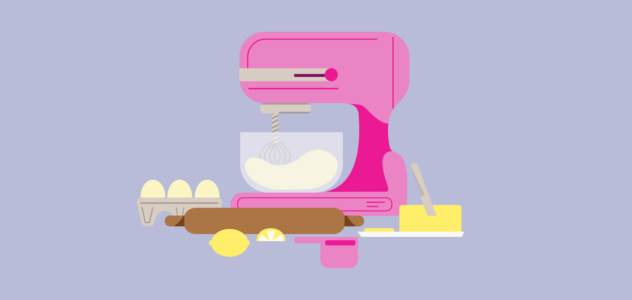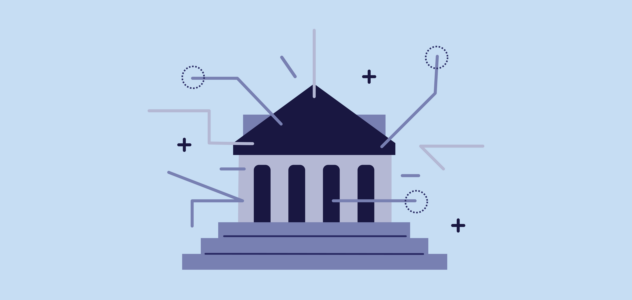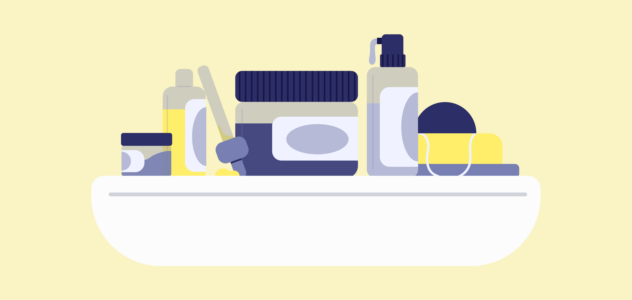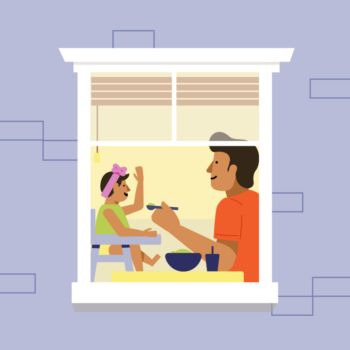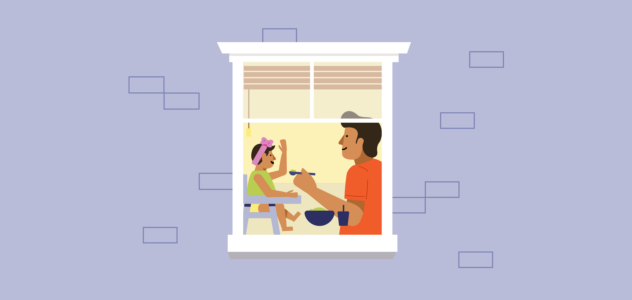At Finspo our mission is to help Australians pay off their home loans faster. One way we do this is helping you save on your banking.
One of the easiest ways to save? Making sure your cash is always in the right account.
Finspo research based on a sample of Australians showed they could save up to $1,200 per year, just by moving their money into the right account at the right time1.
So, if you’re interested to learn more and get your cash working for you, read on!
Keep reading and you’ll see:
- Why managing your cash is important
- How poor management of your cash can really cost you
- Our top tips for making the most of your money
Why are we even talking about cash management?
Because getting it wrong can cost you thousands of dollars every year. Seriously.
Compare these two scenarios:
- Izzy has $20,000 in savings
- Gavin has $25,000 in savings and owes $5,000 on his credit card
You need to think of your ‘net balance’
No, that is not someone trying to stand on a tennis court net… it is the amount you have minus the amount you owe.
It might seem like Gavin has more money than Izzy because he has $25,000 in savings, but really the right way to think about it is that both Izzy and Gavin have the same amount of money ($20,000 net) because you need to take away the money Gavin owes on the credit card from his savings to get the net balance he has.
Let’s see through a simple example how the same amount of money can earn (or cost) you drastically different amounts depending on how you manage it.
Izzy earns 1% p.a. on her savings, so gets $200 per year. Gavin also earns 1% p.a. on his savings so he gets $250, but he is also paying 20% p.a. on his credit card debt which costs him $1,000 per year.
Izzy is earning $200 a year on her $20,000
Gavin is paying $750 a year on his $20,000
If Gavin were to pay off his credit card debt using his savings, he could be $950 a year better off. $950 just by moving some of his own money around. No new products, no switching banks. Just 60 seconds to move the money across.
Now hopefully you’re thinking to yourself, “Ha, I’m not that silly. I wouldn’t waste my money like that!”. But often life gets in the way and there may be times when you’re not paying complete attention to your finances. And it happens to a lot of us, as these findings from Finspo’s research show1
- Over half of customers with a net positive balance (i.e. savers) paid interest despite not needing to borrow.
- Over one-third of customers who paid interest on a personal loan or credit card (at rates up to 23% p.a.) held money in savings accounts also.
- Over half of customers with a home loan could have saved in excess of $1,000 a year if they avoided credit card interest and kept all their additional money in an offset account.
So how does it work?
Let’s imagine you’re trying to get your house to the desired temperature.
You have a heater and an air con. If you need it warmer, you turn on the heater. If you need it cooler, you turn on the air con. Simple enough, right?
None of us would be so silly to have our heater and aircon running at the same time. And even if you did, once you realised, you’d certainly turn one of them off.
Yet when it comes to our money, we are often running our air con and heater at the same time.
There is a simple test for this:
If you are earning interest from savings and paying interest on a loan at the same time, it’s possible you could be saving more.
Imagine it’s a few years down the track and Izzy and Gavin both have home loans now.
- Izzy owes $400,000 on her home loan
- Gavin owes $420,000 on his home loan and has $20,000 in savings
Both Izzy and Gavin have the same amount of money (they owe $400,000 net).
Izzy pays 3% p.a. on her home loan, so $12,000 per year in interest. Gavin also pays 3% p.a. on his home loan so he pays $12,600 in interest, but he is also receiving 1% p.a. interest on his savings account, or $200 per year.
Izzy is paying $12,000 a year on her $400,000
Gavin is paying $12,400 a year on his $400,000
So even though Gavin has “more savings” and is “earning interest” he’s actually paying an extra $400 a year compared to Izzy.
Our top tips for making the most of your money
Time to get practical. Here’s what you can do to better manage your cash and cut the cost of your banking in the process.
Before we get started, some important things to note
This advice is all about the cost of your banking. It is based purely on minimising the amount you pay or maximising the amount you earn on your banking. So when we say ‘optimised’ at Finspo that is what we mean.
There may be completely good reasons to not follow these tips as this doesn’t take into consideration any other needs or objectives you may have, and it also does not consider tax.
It is simply a set of cost-efficient strategies to manage your cash. We are also only considering consumer banking products (home loans, personal loans, credit cards, savings and transactions accounts). We don’t consider other financial products or debts such as margin loans, HECS debt, etc.
Plus, all we really want is for people to understand the financial impact of different decisions and make informed choices. If you really like to keep $1,000 in your savings account, just in case, that’s cool. We just want you to know what that costs so you can decide to keep doing it or not. Ultimately, the choice is yours.
Step 1: Before you get started…
Figure out how much money you have saved and how much you owe.
Your net position = money you have – money you owe.
You’re a (net) saver when you have more than you owe, and a (net) borrower if you owe more than you have.
To fully optimise the cost of your banking you will end up in one of two situations. Savers will pay no interest and earn interest on all their (net) money. Borrowers will earn no interest and only pay interest on the (net) amount they owe.
Step 2: The big tidy up
If you’re a saver:
Pay off your debts. Since you’re a net saver, you have enough money to pay off your debt(s) completely. This may look like you’re reducing your savings, but you’re just moving money around your own accounts. What it will do is reduce the interest you pay down to zero.
Tip: Although you can pay off most loans whenever you want without an issue, some products such as fixed rate home loans or personal loans may come with an early repayment fee if you pay off your loan ahead of schedule. Some home loans may restrict how much you can redraw. So it might be worth checking with your lender first.
Earn as much interest as you can. You should have a savings account of some type which earns interest. Even if the rate seems low, it will probably earn you more than keeping the money in a transaction account (which often earns little or no interest). Of course, you can and probably should shop around for the most competitive rates, but in the meantime, at least ensure the money you do have is earning some interest.
Tip: Check the interest rates on your accounts and any criteria which may apply to getting bonus interest or any introductory interest rate offers, to ensure you’re getting the interest you expect. And make sure you can access the money from the savings account without penalty and quickly if you need it.
If you’re a borrower:
Pay off your debts with the highest interest rate. Since you’re a net borrower, you will need to choose which debts to pay off first. To save as much as you can, you should try to repay any loans on the highest interest rate first (e.g. a credit card at 20% p.a.) before you pay extra off your lower rate loans (e.g. home loans at 3% p.a.). To be super clear, you should always at least make the minimum repayment on all your loans, this is just with any extra money you may have.
Tip: Watch out for early repayment costs on your loans as many personal loans or fixed rate home loans charge you for paying off early and check any restrictions such as redraw limits.
Pay as little interest as you can. To minimise the interest you pay, you should be looking to borrow as little as possible, at the lowest rate possible. We’ve included a more detailed example at the end of this article to show you how this could work with multiple accounts.
Step 3: Set up a process
Get into a rhythm. Getting everything sorted in the previous step will set you up well for the future. But your money never sits still. Money will be coming in (your pay) and going out (your bills, purchases and banking costs) so you need to keep on top of your cash each month.
Money going out. It’s important to consider your cash flow when making purchases and paying bills. It is essentially the same exercise as above in “the big tidy up” – weighing up how much it costs to use money from different accounts.
For example, imagine you needed $5,000 to pay for car repairs and you could use money in your mortgage offset account or borrow on your credit card. The offset option would cost you $150 p.a. (interest paid on your home loan at 3% p.a.) while the credit card option would cost you $1,000 p.a. once any eligible ‘interest free’2 period passes (interest paid at 20% p.a.).
Tip: Watch out for transaction charges for certain transfers and payments. For example, cash advances (withdrawing money) on credit cards often comes with an additional charge. In some cases, you may also be charged to redraw from your home loan.
Money coming in. At least once a month you should also check your balances and move your money to make sure it continues to be working for you (e.g. after you get paid, make sure that money is in the account that works hardest for you).
Checking the cost of your banking is important, but it can be kind of a drag, that’s why we developed the Finspo bill and have step #4
Step 4: Check your bill every month
Watch your savings grow. Once you’re into a rhythm, the last thing to do is to check your Finspo bill each month to see how much you’re saving! It also allows you to quickly identify if anything is out of place if you see any unexpected interest pop up. Remember – to be fully optimised you’re hoping to see ONLY interest received if you’re a saver, or ONLY interest paid if you’re a borrower.
So that’s it for the journey down the rabbit hole of cash management. Hopefully it becomes your new best friend on your path to banking better and saving big.
All it takes is a little #finspo.
Detailed example for customers with multiple accounts
| Account | Balance | Rate p.a. | Interest p.a. |
| Home Loan* | -$410,000 | 3% | -$12,300 |
| Credit Card** | -$5,000 | 20% | -$1,000 |
| Transaction | +$1,000 | – | – |
| Savings | +$14,000 | 1% | +$140 |
| TOTAL | -$400,000 | -$13,160 |
*Simplified to assume no change in balances or interest rates throughout the year
**Interest is being charged on balance, so is not in interest free period
So let’s work through the steps to optimise here.
- Transfer $1,000 from Transaction to pay off (part of) Credit Card debt. Reduces Credit Card interest by $200.
Net impact +$200
- Transfer $4,000 from Savings to pay off (remainder of) Credit Card debt. Reduces Credit Card interest by $800, forgo interest received of $40.
Net impact +$760
- Transfer remaining $10,000 from Savings to Home Loan (either by repaying Home Loan or putting into an Offset account). Reduces home loan interest by $300, forgo interest of $100.
Net impact +$200
Total savings = $1,160 p.a.
What you’re left with is all your net debt ($400,000) at the lowest available interest rate (3% on your Home Loan) for a total cost of $12,000, down from $13,160. A saving of $1,160 p.a.
Tip: If you’re able to take advantage of interest free days on your credit card this can help you reduce the interest you pay even further, but be careful not to get caught out as interest rates on credit cards tend to be much higher than other forms of lending.
1Based on the median estimated total potential savings on fees and interest per year of a sample of Australians with a home loan as per Finspo research conducted in early 2020. Potential savings will vary based on your individual circumstances.
2An Interest free period is typically up to 44 or 55 days, best to check yours with your card issuer
Things you need to know: Finspo ABN 34 637 821 928 Australian Credit Licence 521120. Information is current as at 28th September 2020. The information is general in nature. To the extent that it contains advice, it is general advice only and has been prepared without taking into account your objectives, financial situation or needs. For that reason, you should consider the appropriateness of such information, your personal circumstances and, if necessary, seek professional advice. Before making a decision to acquire any of the products mentioned, you should read the Product Disclosure Statement (if available) and product terms. Conditions and fees may apply. Neither Finspo nor any of its directors or employees (or any of their associates) receive any remuneration or other benefits in respect of or attributable to any general advice. There are no associations or relationships between Finspo (or any of its directors or employees) and any issuers of any financial products that might influence the advice given by Finspo. Nothing in this document is intended to constitute credit assistance about any products referred to. Contact us at info@finspo.com.au.
